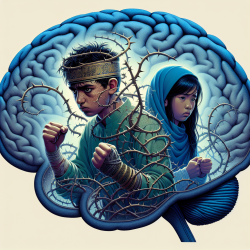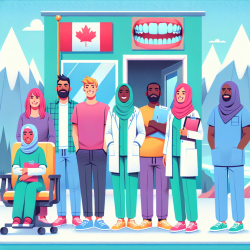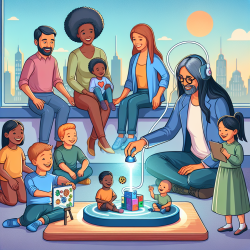Understanding Posttraumatic Stress and Adolescent Behavior
The recent study titled Posttraumatic Stress and Perceived Interpersonal Provocation in Adolescents offers groundbreaking insights into how posttraumatic stress (PTS) influences adolescents' reactions to interpersonal provocations. Conducted in Northern Russia, this research highlights the intricate relationship between PTS, aggression, and gender-specific responses in adolescents.
Key Findings from the Study
The study involved 2,678 adolescents aged 13-17, revealing that 6.8% exhibited clinically significant PTS symptoms. Adolescents with high PTS levels displayed distinct patterns of aggression and conflict resolution compared to their peers. The study uncovered several pivotal findings:
- Adolescents with high PTS were less likely to discuss conflicts and more prone to physical aggression.
- Girls with high PTS symptoms were more likely to perceive hostile intentions and avoid provocations, whereas boys showed a tendency towards verbal and physical aggression.
- Gender differences in reactions to provocation were evident, with girls generally favoring negotiation and boys leaning towards physical aggression.
Implications for Practitioners
For practitioners working with adolescents, these findings underscore the importance of assessing PTS in those exhibiting aggressive behaviors. Understanding the gender-specific nuances in reactions to provocation can aid in tailoring interventions to better address the needs of each individual.
Practitioners are encouraged to consider the following strategies:
- Incorporate gender-specific approaches in therapy to address the unique ways boys and girls process and react to stress and provocation.
- Utilize cognitive-behavioral techniques to help adolescents with PTS develop healthier conflict resolution skills.
- Foster environments that encourage open communication and negotiation, particularly for adolescents with high PTS symptoms.
Encouraging Further Research
While this study provides valuable insights, it also opens avenues for further research. Cross-cultural studies could expand our understanding of how different societal norms influence the interplay between PTS and aggression. Additionally, exploring the impact of various therapeutic interventions on reducing aggressive responses in adolescents with PTS could be beneficial.
To read the original research paper, please follow this link: Posttraumatic Stress and Perceived Interpersonal Provocation in Adolescents.










